We Remember the JewishArtist Fiszel Zylberberg (ZBER) of Płock!
![]()
![]()
פ. זבאר
F. Zber
אוטופורטרט.
תחריט של האמן
Self-Portrait. Etching
Article in "Al Hamishmar", by Yaacov Guterman 25.07.1986
Articles in the Yizkor Book of Płock (Hebrew and English)
Links:
Pictures in the United States Holocaust Memorial Museum (USHMM) Collections
Musée d'art et d'histoire du Judaïsme
![]()
The Album
© קיץ 1996
עבודה זו הופקה ע"י יעל זוהר, דור שלישי לשואה ולגבורה, תלמידת החוג לטכנולוגי של הדפוס, במכללת הדסה, ירושלים.
אלבום זה מוקדש לזכרו של פישל זילברברג (זבאר), שנספה בתאי הגזים של אושוויץ, ב-26 באוקטובר 1942. תודתי נתונה לסבי – זלסקי יוסף (זילברברג), אחיו של המנוח, על שאפשר לי לבצע ספר זה. נשארו עותקים ספורים וכל המעוניין יכול לפנות לאחיינו של זבאר: זאב זוהר [zoharz20@gmail.com] לקבלת עותק אם נשאר.
זאב מוסיף:
התמונות הן למעשה צילומים של ההדפסים שנעשו מחיתוכי עץ מקוריים. פישל זילברברג, אחיו של אבי יוסף זילברברג, היה אמן חיתוכי עץ (woodcuts).
בשנת 1970 הוציא איגוד הארצי של פועלי הדפוס 150 עותקים של אוסף הדפסים מהגלופות המקוריות(חיתוכי עץ). לאוסף זה צורפה הקדמה ורשימה של שמות התמונות בעברית ובאנגלית.
למיטב ידיעתי מספר תמונות שמן וחלק מחיתוכי העץ נמצאים במשכן לאמנות בעין חרוד, באוסף של אמנות ישראלית.
מצ"ב מכתב בנושא, שכתב בזמנו אבי, וכן מכתב שכתב לקראת הדפסת האוסף המדובר.
מוסיפה עדה הולצמן:
ברצוני להביע את תודתי העמוקה לזאב זוהר ולמשפחה על שאפשרו לי להציג אלבום מיוחד זה באינטרנט באתר הנצחה פלוצק, לזכר זבאר, אמן מחונן ומבטיח, יליד העיר פלוצק שבפולין, שאמנותו וחייו נקטעו באבם בידי הגרמנים בשואה הנוראה. יהיה אתר זה מצבתו וזיכרונו לא יישכח לעד.
![]()
|
פישל זילברברג נולד ב-23 ביוני 1909 בפלוצק, בבית יהודי מסורתי. כישרונו התגלה לראשונה בעודו ילד.
בשנת 1924, בתמיכת קבוצת משכילים יהודים יצא פישל בו ה-16 לוורשה להסתופף בצילה של האמנות. לאחר 5 שנות הכנה בשנת 1930 התקבל לאקדמיה לאמנות בוורשה, ללימודי רישום, ציור וטכניקות של הגרפיקה המודפסת. לאחר מכן למד בסטודיו לאמנות חיתוכי העץ של סקוצ'ילס, גדול אומני חיתוך העץ בפולין.
באביב של שנת 1936 נערכה בוורשה תערוכת "שחור-לבן" וזילברברג השתתף בה עם 22 מיצירותיו. שמו הלך לפניו כאמן פיתוח העץ ואת השראתו הוא שאב מן הקרוב לליבו, מדמויות ונופים שבהם הוא חי. מבקרי האמנות לא פסקו מלהלל את האמן ויצירותיו וממשלת פולין העניקה לו מלגה לפאריס למשך 8 חודשים. פישל זילברברג שקיצר את שמו בפאריס לזבאר נשאר בפאריס. פאריס קיבלה את זבאר באהבה. שורה חדשה של חיתוכי עץ קמה מתחת ידו כעת בהשראת הנופים החדשים של צרפת. באביב 1938 נערכה תערוכה בשם "גרפיקה יהודית" ובה הוצגו 35 הדפסים של זבאר שעוררו התפעלות בכל מקום. בשנת 1940 קלגסי הנאצים כובשים את פאריס.
|
|
ב-14 במאי 1941 זבאר נאסר ונשלח יחד עם עוד 5,000 יהודים למחנה ההסגר דון לה רולאנד, Beaune-La-Rolande. גם כאן, במאסר, הוא לא הפסיק לעבוד לרגע עד ה-16 ביולי 1942, בו הועבר למחנה פיטיביה ולמחרת נשלח למחנה ההשמדה אושוויץ. זבאר הבטיח שאם יישאר בחיים יספר לעולם כולו ביצירותיו על הזוועות שהוא אוצר בחובו. שליחות חייו זו לא התגשמה. הוא חלה בטיפוס וו-26 באוקטובר 1942, נספה בתאי הגזים של אושוויץ כשהוא בן שלושים ושלוש שנים בלבד.
אחרי שחרור פאריס, גילה חובב אמנות יהודי את לוחות העץ המקוריים של פישל ובשנת 1961 העלה אותם ארצה והם הודפסו בשנת 1971.
הדפסים אלה מרוכזים באלבום זה.
Fiszel Zylberberg was born in Płock on 23rd June, 1909 in a traditional Jewish home. His talents surfaced during childhood.
In 1924 in his 16th year, with the support of a group of Jewish intellectuals in his home town, Fiszel moved to Warsaw, bent on an artistic career.
After five years' preparation, in 1930, he was admitted as a student to the Warsaw Academy of Arts, where he studied drawing, painting and the techniques of the printed graphic arts.
Woodcut artists.
At the "Black and White" exhibition held in Warsaw, in the spring of 1936, Zylberberg displayed 22 exhibits. His artistic fame as a woodcut engraver spread far and wide.
He drew his inspiration from what appealed most intimately to his nature, from the figures and landscapes he saw around him.
The art critics showered unstinted praise on the artist and the first fruits of his work, while the Polish government awarded him an eight months scholarship to study in Paris.
Zber (the shortened form of his name adopted there) remained in Paris. Paris took Zber to her heart and a new series of woodcut took shape under his hands. His inspiration shifted to the new French scenes opening before his eyes in Paris.
In the spring of 1938, a "Jewish Graphic Art" exhibition was organized in Paris and Zber was represented by 35 prints. The exhibition was shown in all principal towns and was everywhere admiringly received.
1940 came, and the Nazi Jackboot subdued Paris. On May 14th, 1941, Zber was arrested and deported with 5.000 other Jews to the concentration camp of Beaune-La-Rolande. Even here, in custody, he wasted not a single moment, and worked uninterruptedly, until 16th of July.1942, when he was transferred to the Pithiviers camp, and the next day to the Auschwitz extermination camp. Zber promised that if he came through it all alive, he would tell the whole world through his creative work, of the ghostly horrors that had him in their grip and were seeping into his being in that pit of misery. He did not live to do it. He fell ill with typhoid and on the 26th October, 1942 was "liquidated", in the gas chambers at Auschwitz, in his 33rd year.
After the liberation of Paris, the artist's original woodblocks were discovered in the household of a French family by Ber Cerata, patron of Jewish artists.
In 1961 he brought them to Israel and they are now housed in the sated Museum of the Printing Art. The prints of these woodcuts are introduced in this album.
![]()
The Album

Self portrait 1940 דיוקן הצייר
|
|
|
|
||||
|
|
|
|
||||
|
|
|
|
||||
|
|
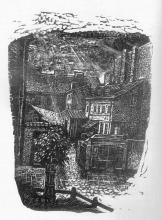 page 16 A street in Plock רחוב בפלוצק |
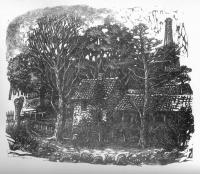 page 17 Roofs גגות |
||||
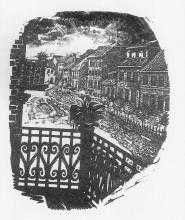 page 18 A balcony מרפסת |
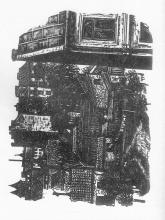 page 19 A yard חצר |
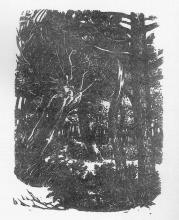 page 20 In the forest ביער |
||||
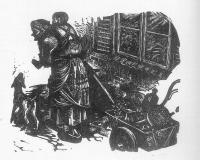 page 21 Refugees פליטים |
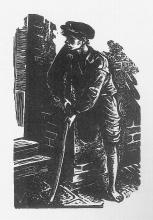 page 22 Antek the invalid אנטק הצולע |
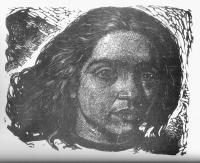 page 23 A girl ראש נערה |
||||
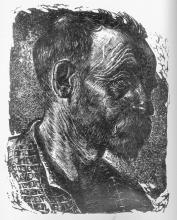 page 24 Portrait of a man דיוקן של גבר |
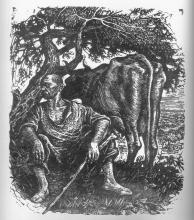 page 25 A farmer with a cow האיכר והפרה |
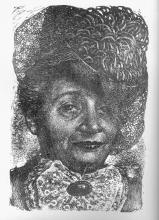 page 26 A lady מטרונית |
||||
|
|
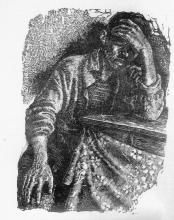 page 28 Unemployed מובטל |
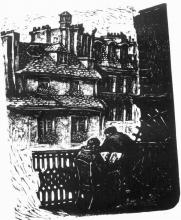 page 29 On the balcony על המרפסת |
||||
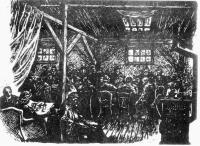 page 30 A tavern פונדק |
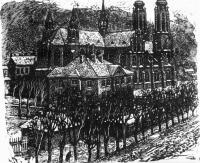 page 31 Gothic church כנסיה גותית |
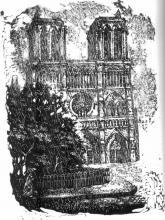 page 32 Notre-Dame, Paris כנסיית נוטרדם בפריז |
||||
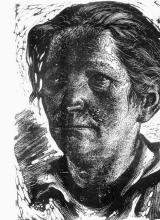 page 33 Portrait of a woman דיוקן אישה |
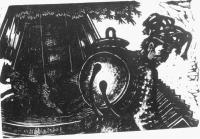 page 34 Carousel קרוסלה |
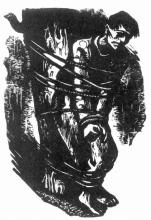 page 35 Bondage הכבול |
||||
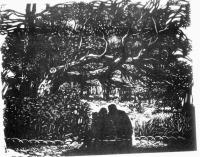 page 36 Lovers הנאהבים |
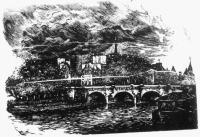 page 37 A bridge on the Seine גשר על נהר הסיינה |
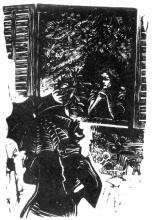 page 38 A girl in the window הנערה בחלון |
||||
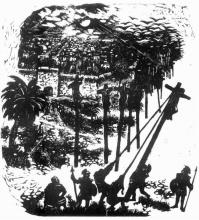 page 39 Via Dolorosa ויה דולורוזה |
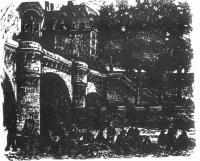 page 40 Artists אמנים |
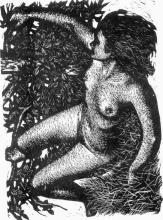 page 41 Nude עירום |
||||
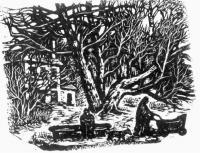 page 42 In the garden בגן |
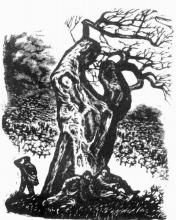 page 43 The cemetery בית הקברות |
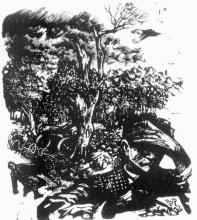 page 44 Self portrait 1940 דיוקן הצייר |
||||

Refugees
פליטים
![]()
Article in "Al Hamishmar", by Yaacov Guterman 25.07.1986
Articles in the Yizkor Book of Płock (Hebrew and English)
![]()
P. R. I. Płock Remembrance Initiative
Last updated October 7th, 2015 (PRI first posted in January 1998)